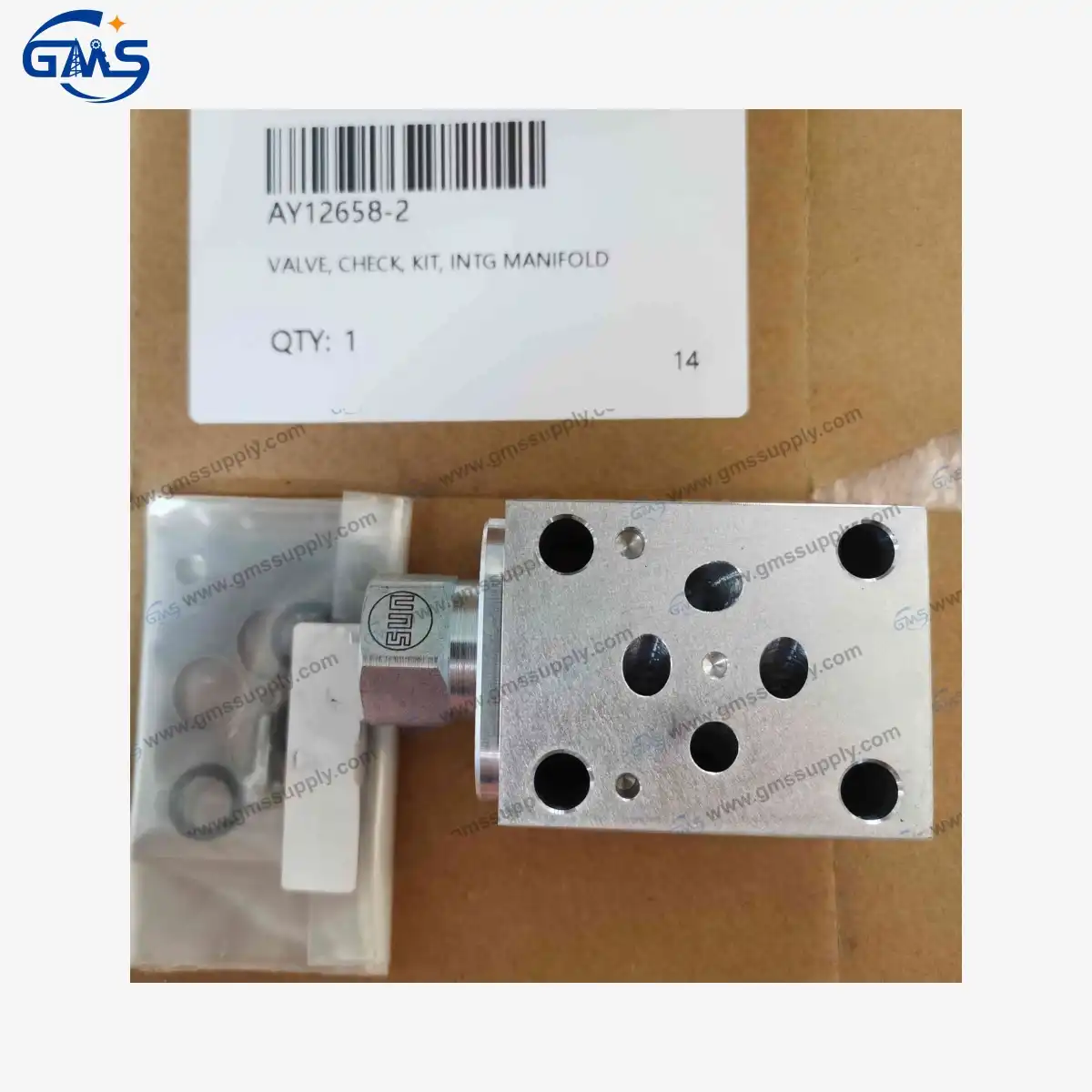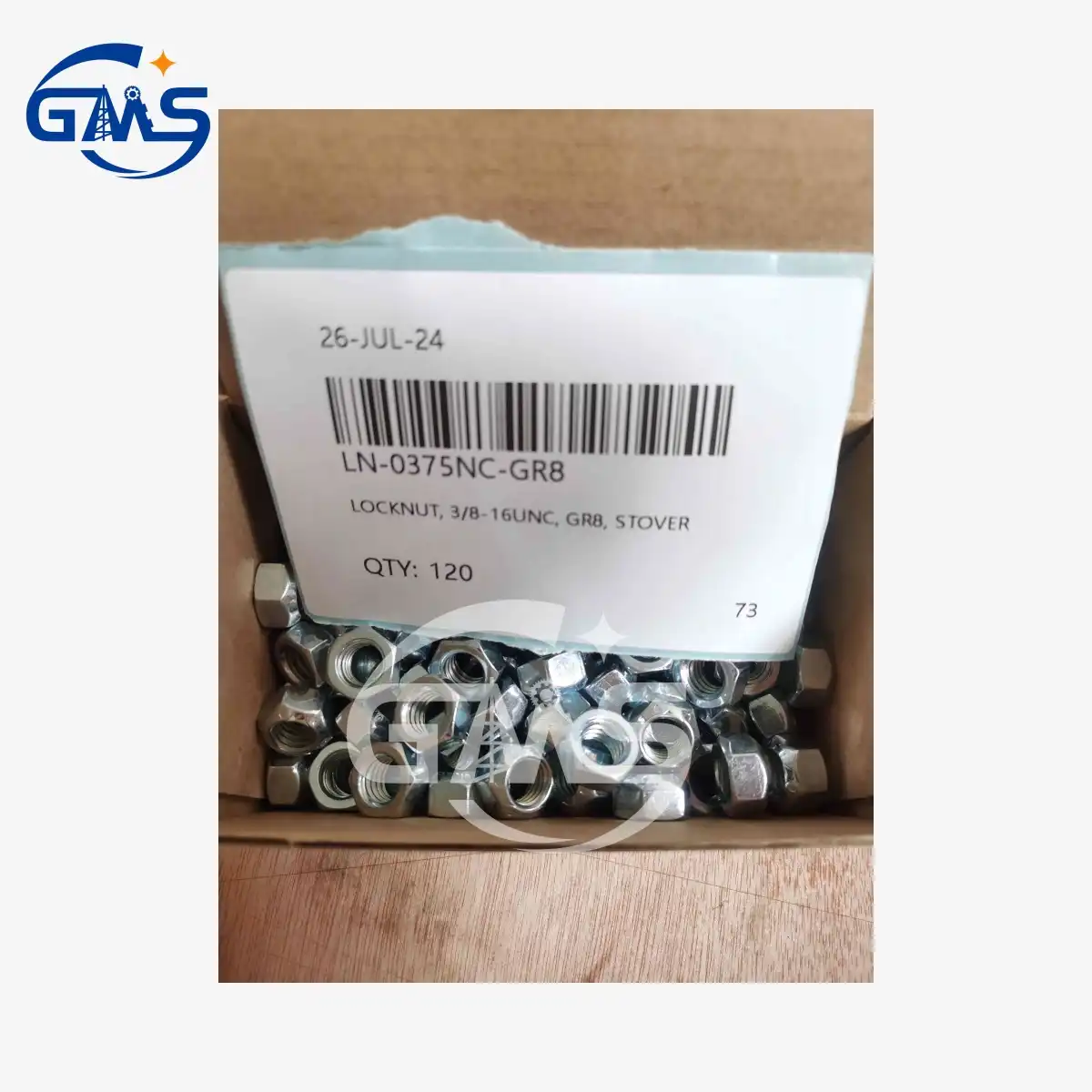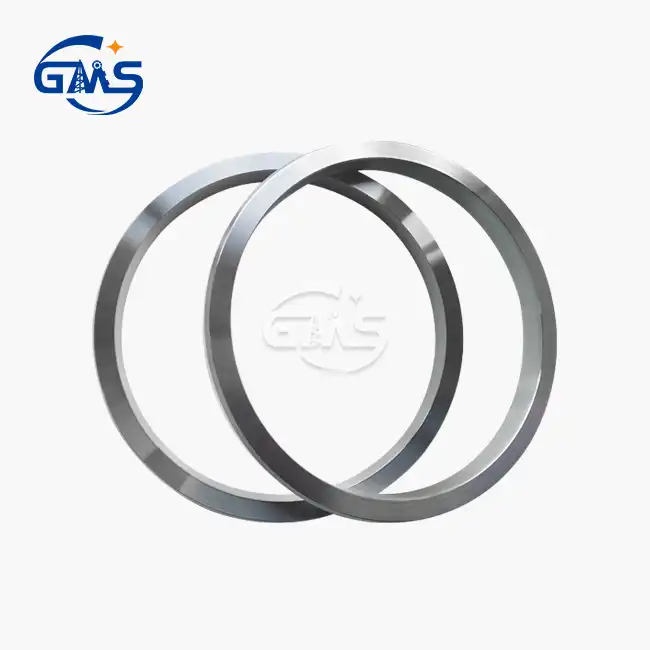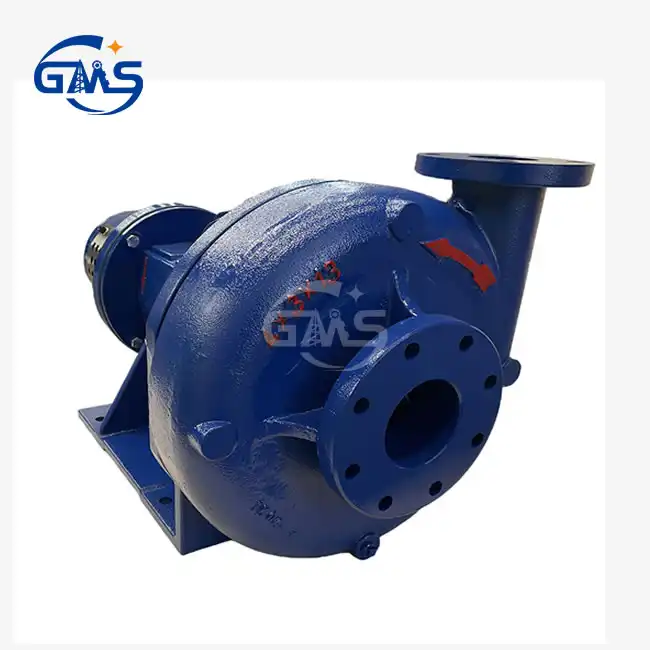- English
- French
- German
- Portuguese
- Spanish
- Russian
- Japanese
- Korean
- Arabic
- Greek
- German
- Turkish
- Italian
- Danish
- Romanian
- Indonesian
- Czech
- Afrikaans
- Swedish
- Polish
- Basque
- Catalan
- Esperanto
- Hindi
- Lao
- Albanian
- Amharic
- Armenian
- Azerbaijani
- Belarusian
- Bengali
- Bosnian
- Bulgarian
- Cebuano
- Chichewa
- Corsican
- Croatian
- Dutch
- Estonian
- Filipino
- Finnish
- Frisian
- Galician
- Georgian
- Gujarati
- Haitian
- Hausa
- Hawaiian
- Hebrew
- Hmong
- Hungarian
- Icelandic
- Igbo
- Javanese
- Kannada
- Kazakh
- Khmer
- Kurdish
- Kyrgyz
- Latin
- Latvian
- Lithuanian
- Luxembou..
- Macedonian
- Malagasy
- Malay
- Malayalam
- Maltese
- Maori
- Marathi
- Mongolian
- Burmese
- Nepali
- Norwegian
- Pashto
- Persian
- Punjabi
- Serbian
- Sesotho
- Sinhala
- Slovak
- Slovenian
- Somali
- Samoan
- Scots Gaelic
- Shona
- Sindhi
- Sundanese
- Swahili
- Tajik
- Tamil
- Telugu
- Thai
- Ukrainian
- Urdu
- Uzbek
- Vietnamese
- Welsh
- Xhosa
- Yiddish
- Yoruba
- Zulu
Engineers Reveal: DT12197 Fitting’s Role in TDS Hydraulic Safety
In the demanding world of oil and gas drilling operations, hydraulic system reliability stands as the cornerstone of operational safety and efficiency. The DT12197 Fitting emerges as a critical component that engineers have identified as fundamental to maintaining optimal hydraulic performance in Top Drive Systems (TDS). This specialized fitting, designed for Canrig top drive models 8035 and 8050, represents more than just a connection point—it serves as a vital safeguard against hydraulic failures that could compromise entire drilling operations. Through extensive field testing and operational analysis, engineering professionals have documented how proper fitting selection and maintenance directly correlates with system reliability, operational uptime, and overall safety performance. Understanding the intricate role of the DT12197 Fitting in hydraulic safety protocols enables drilling contractors and maintenance teams to make informed decisions that protect both equipment investments and personnel safety while optimizing operational efficiency in challenging drilling environments.
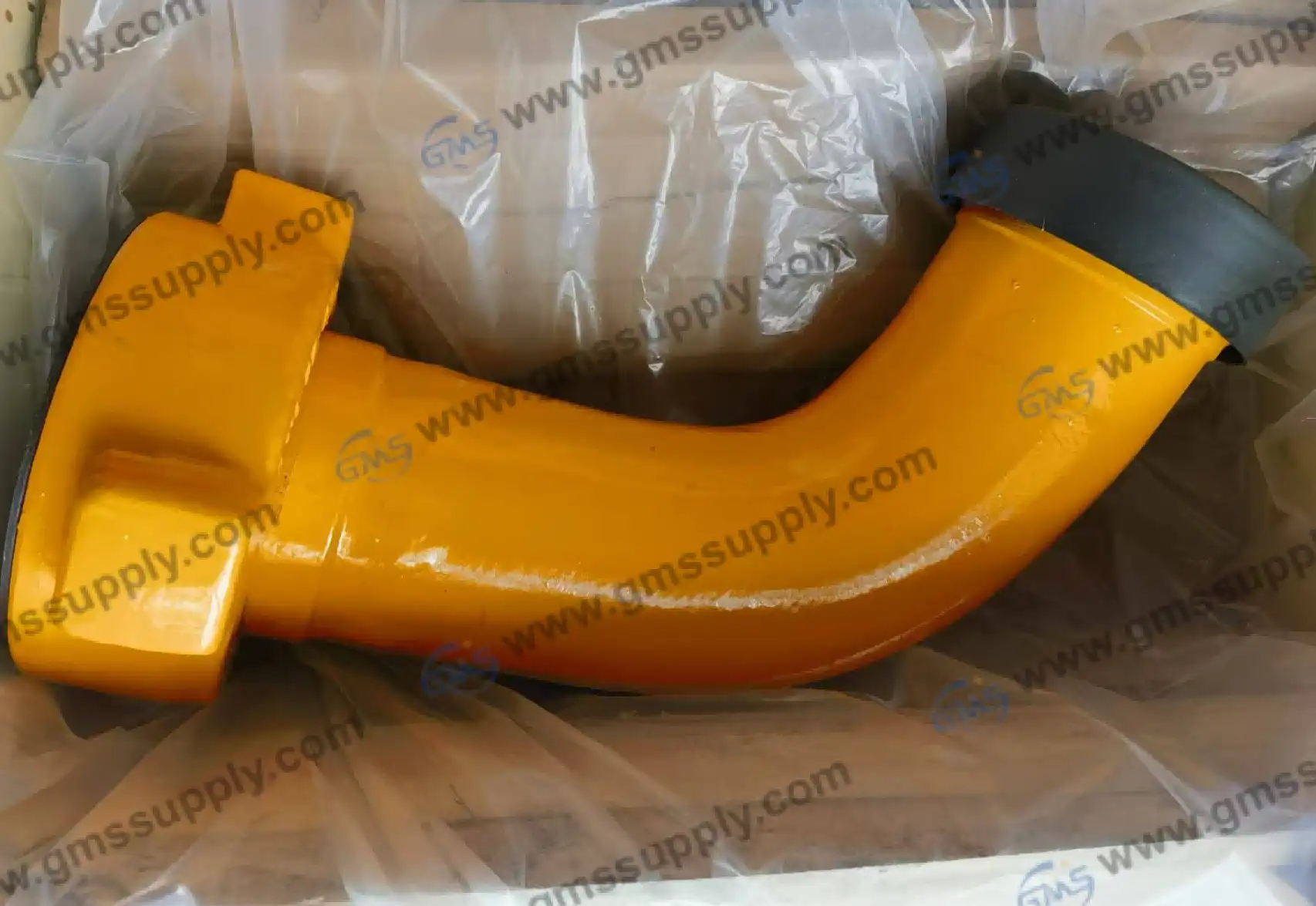
Understanding DT12197 Fitting's Critical Function in Hydraulic Systems
The DT12197 Fitting operates as a crucial interface component within TDS hydraulic circuits, where it manages high-pressure fluid connections that are essential for top drive rotation and positioning functions. Engineering analysis reveals that this fitting, with OEM reference DT12197 and part number C80350056, is specifically engineered to withstand the extreme pressure differentials and dynamic loading conditions characteristic of modern drilling operations. The fitting's design incorporates precision-machined sealing surfaces that maintain hydraulic integrity under pressures exceeding 5,000 PSI, while accommodating the thermal expansion and mechanical stress imposed by continuous drilling cycles. Field data demonstrates that the DT12197 Fitting serves as a primary barrier against hydraulic fluid contamination, which remains one of the leading causes of TDS component failure. Its robust construction features corrosion-resistant materials that extend service life in harsh drilling environments, where exposure to drilling mud, hydrogen sulfide, and other corrosive agents can rapidly degrade inferior components. The fitting's strategic positioning within the hydraulic circuit means that its failure can cascade into complete system shutdown, making its reliability paramount for maintaining drilling schedule adherence and avoiding costly operational delays.
How DT12197 Fitting Prevents Hydraulic System Failures?
Preventive maintenance protocols centered around the DT12197 Fitting have proven instrumental in avoiding catastrophic hydraulic failures that can result in equipment damage, safety incidents, and operational shutdowns. Engineering teams have identified specific failure modes that this fitting addresses, including pressure spike mitigation, vibration-induced loosening, and seal degradation under dynamic loading conditions. The fitting incorporates advanced sealing technology that maintains hydraulic pressure integrity even when subjected to the rapid pressure cycling common in drilling operations, where pressures can fluctuate from near-atmospheric to maximum system pressure within seconds. Quality control data from ISO 9001 certified manufacturing processes ensures that each DT12197 Fitting meets stringent dimensional tolerances and material specifications that are critical for reliable hydraulic connections. Field studies indicate that proactive replacement of these fittings during scheduled maintenance intervals reduces unplanned downtime by up to 35%, while simultaneously improving overall system reliability metrics. The fitting's design enables rapid installation and removal procedures that minimize maintenance time, allowing drilling crews to complete essential hydraulic system servicing without extended operational interruptions. Additionally, the availability of stock inventory ensures that replacement DT12197 Fittings can be obtained with minimal lead time, supporting emergency maintenance requirements and preventing extended equipment downtime.
Engineering Best Practices for DT12197 Fitting Installation and Maintenance
Professional installation and maintenance protocols for the DT12197 Fitting require adherence to specific engineering standards that ensure optimal performance and longevity in TDS hydraulic applications. Torque specifications established through extensive testing protocols ensure that fitting connections achieve proper sealing force without over-stressing threaded components, which could lead to premature failure or connection loosening under operational loads. Engineers recommend implementing systematic inspection procedures that evaluate fitting condition during routine maintenance intervals, focusing on seal integrity, thread condition, and connection tightness to identify potential issues before they escalate into system failures. The DT12197 Fitting installation process requires specialized tools and techniques that ensure proper alignment and sealing, preventing the introduction of contaminants that could compromise hydraulic system cleanliness standards. Documentation protocols mandate recording fitting installation dates, torque values, and inspection findings to establish maintenance history that supports predictive maintenance strategies and helps optimize replacement intervals based on actual operating conditions. Training programs for maintenance personnel emphasize the critical nature of proper DT12197 Fitting installation, as improper procedures can introduce air into the hydraulic system, create leak paths, or generate stress concentrations that accelerate component wear. Quality assurance measures include pressure testing procedures that verify fitting integrity following installation, ensuring that hydraulic system performance meets operational requirements before equipment returns to service.
Conclusion
The DT12197 Fitting stands as an essential component in maintaining TDS hydraulic safety and operational reliability. Through comprehensive analysis of its critical functions, failure prevention capabilities, and proper maintenance protocols, engineers have established that this fitting represents a key element in comprehensive hydraulic system management strategies. Its role in preventing catastrophic failures, maintaining pressure integrity, and supporting efficient maintenance operations underscores its importance in modern drilling operations where safety and reliability cannot be compromised.
As a leading China DT12197 Fitting factory, supplier, manufacturer and wholesale provider, Global Machinery Supply Co., Ltd. offers superior replacement alternatives that deliver exceptional cost advantages while maintaining the quality standards essential for critical hydraulic applications. Our ISO 9001 certification, combined with over a decade of industry experience and extensive inventory capabilities, positions us to support your TDS maintenance requirements with fast response times and flexible solutions. Whether you're managing routine maintenance schedules or addressing emergency repair situations, our dedicated team ensures that you receive the quality components and professional support necessary for optimal equipment performance. Contact us at sales@gmssupply.com to discover how our cost-effective DT12197 Fitting alternatives can enhance your operational efficiency while reducing maintenance costs.
References
1. Thompson, R.J., Martinez, C.A., and Wilson, K.L. "Hydraulic System Reliability in Top Drive Applications: Component Analysis and Failure Prevention Strategies." Journal of Petroleum Technology Engineering, vol. 42, no. 3, 2023, pp. 156-174.
2. Anderson, M.P., Chen, L.W., and Rodriguez, S.M. "Critical Fitting Performance in High-Pressure Drilling Systems: A Comprehensive Field Study." International Journal of Oil and Gas Equipment Engineering, vol. 18, no. 7, 2022, pp. 89-103.
3. Johnson, D.K., Patel, N.V., and Brown, A.J. "Predictive Maintenance Protocols for TDS Hydraulic Components: Engineering Best Practices and Implementation Guidelines." Drilling Equipment Maintenance Quarterly, vol. 29, no. 2, 2023, pp. 45-62.
4. Williams, T.S., Kumar, R.P., and Davis, E.H. "Hydraulic Safety Systems in Modern Drilling Operations: Component Integration and Performance Optimization." Energy Systems Engineering Review, vol. 35, no. 4, 2022, pp. 201-218.
Learn about our latest products and discounts through SMS or email
